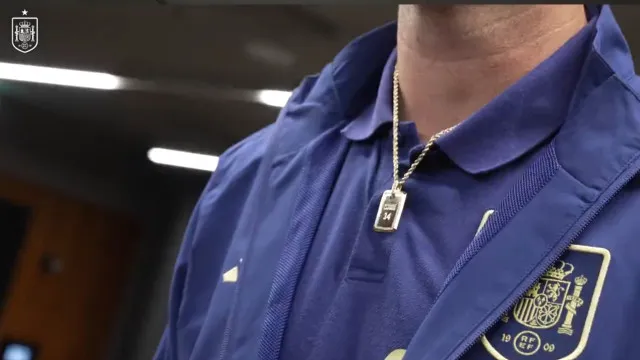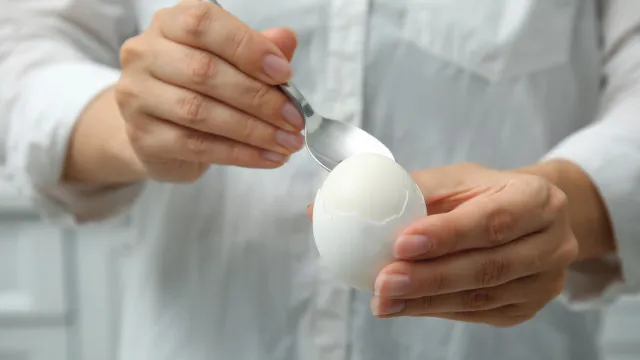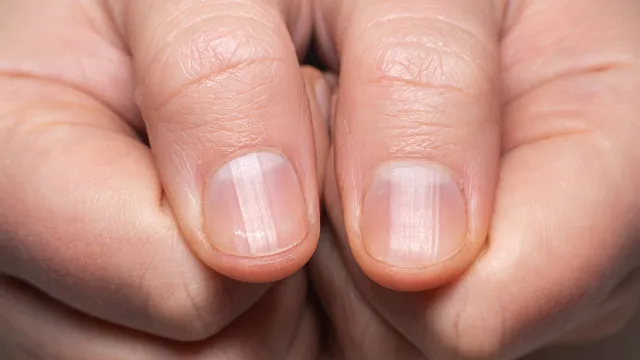Orangutan is the 1st animal observed to heal wound with medicinal plant
Rakus, a male Sumatran orangutan (Pongo abelii) who suffered a wound under his eye, applied a plant with known medicinal properties to himself, a behavior observed for the first time in a wild animal.

© Getty Images

Mundo orangotango
This orangutan, living in the Suaq Balimbing research area in Gunung Leuser National Park, Indonesia, repeatedly ingested and applied sap from a vine, Akar Kuning (Fibraurea tinctoria), to its wound, which it also covered with chewed leaves, according to a study published Thursday in Scientific Reports.
Akar Kuning is a species of liana known for its analgesic and antipyretic effects. In traditional medicine, it is used to treat wounds and illnesses such as dysentery, diabetes, and malaria.
Rakus's behavior was observed and documented in June 2022 by researchers from the Max Planck Institute for Animal Behavior (Germany) and Universitas Nasional (Indonesia).
Researchers have observed a Sumatran #orangutan in the wild repeatedly treating its own wound with a plant with several known medicinal properties - the first scientific record of this behaviour in a wild animal https://t.co/p37Bs4vots @IsabelleLaumer @carolschuppli… pic.twitter.com/hELCGQW0P4
— Max Planck Society (@maxplanckpress) May 2, 2024
"Rakus's behavior appeared to be intentional," as it selectively treated only the facial wound with the plant sap, and did so repeatedly, said Isabelle Laumer of the Max Planck Institute and one of the study's authors.
The behavior suggests that wound treatment may have emerged in an ancestor shared by humans and orangutans, the Max Planck Institute said in a statement.
Prior to this study, wild primate species had been observed swallowing, chewing, or rubbing plants with medicinal properties, but not applying them to fresh wounds.
"During our daily observations of the orangutans, we noticed that a male called Rakus had sustained a facial wound, probably during a fight with another male," Laumer explained.
Three days after the injury, Rakus selectively plucked leaves from Akar Kuning, chewed them, and applied the resulting sap to the wound for exactly seven minutes.
He then rubbed the chewed leaves into the wound until it was completely covered and continued to feed on the plant for over 30 minutes.
The chewed leaves may have helped reduce the pain and inflammation caused by the wound and promoted its healing, as it closed within five days and healed completely within a month.
As with all self-medication behaviors in nonhuman animals, the case described raises questions about the intentionality of these behaviors and how they arise.
"It is possible that wound treatment with Fibraurea tinctoria in Suaq orangutans arose through individual innovation," said Caroline Schuppli, the study's lead author.
Local orangutans rarely eat the plant. However, they may accidentally touch their wounds while feeding and thus accidentally apply the sap to the wounds. Because it has strong analgesic effects, they may experience immediate pain relief, leading them to repeat the behavior multiple times, Schuppli suggested.
Since this behavior had not been observed before, it could be that wound treatment with Fibraurea tinctoria has been absent from the behavioral repertoire of the Suaq orangutan population until now, as Rakus, like all adult males in the area, was not born there and his origin is unknown.
"It is possible that the behavior is displayed by more individuals in his natal population outside the Suaq study area," she said.
This potentially innovative behavior presents the first report of active wound treatment with a biological substance in a great ape species and provides new insights into the existence of self-medication in humans' closest relatives and the evolutionary origins of wound medication more broadly.
Read Also: "Congratulations Bella!". The world's oldest orangutan celebrated her 63rd birthday (Portuguese version)

Descarregue a nossa App gratuita.
Oitavo ano consecutivo Escolha do Consumidor para Imprensa Online e eleito o produto do ano 2024.
* Estudo da e Netsonda, nov. e dez. 2023 produtodoano- pt.com


















